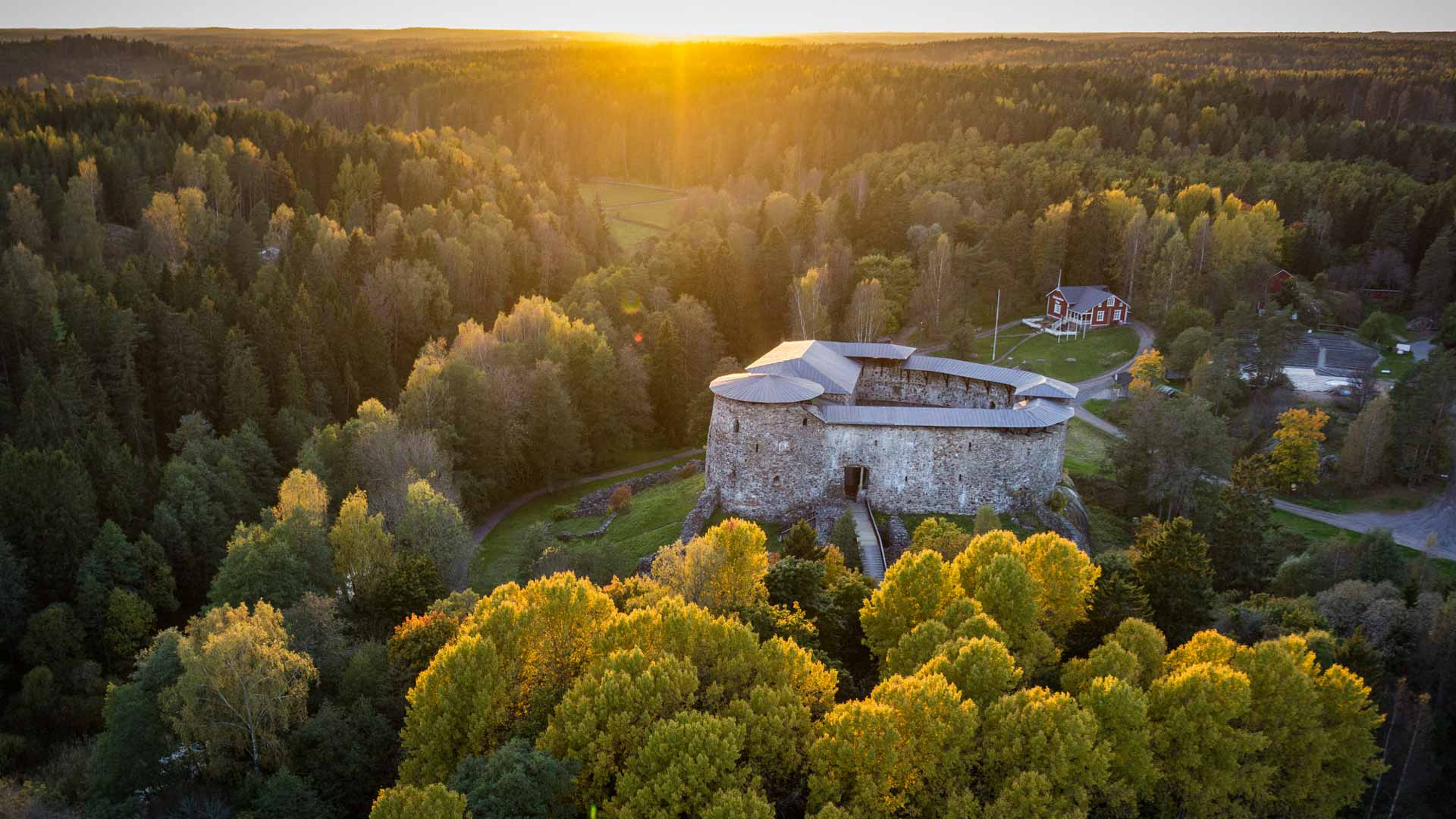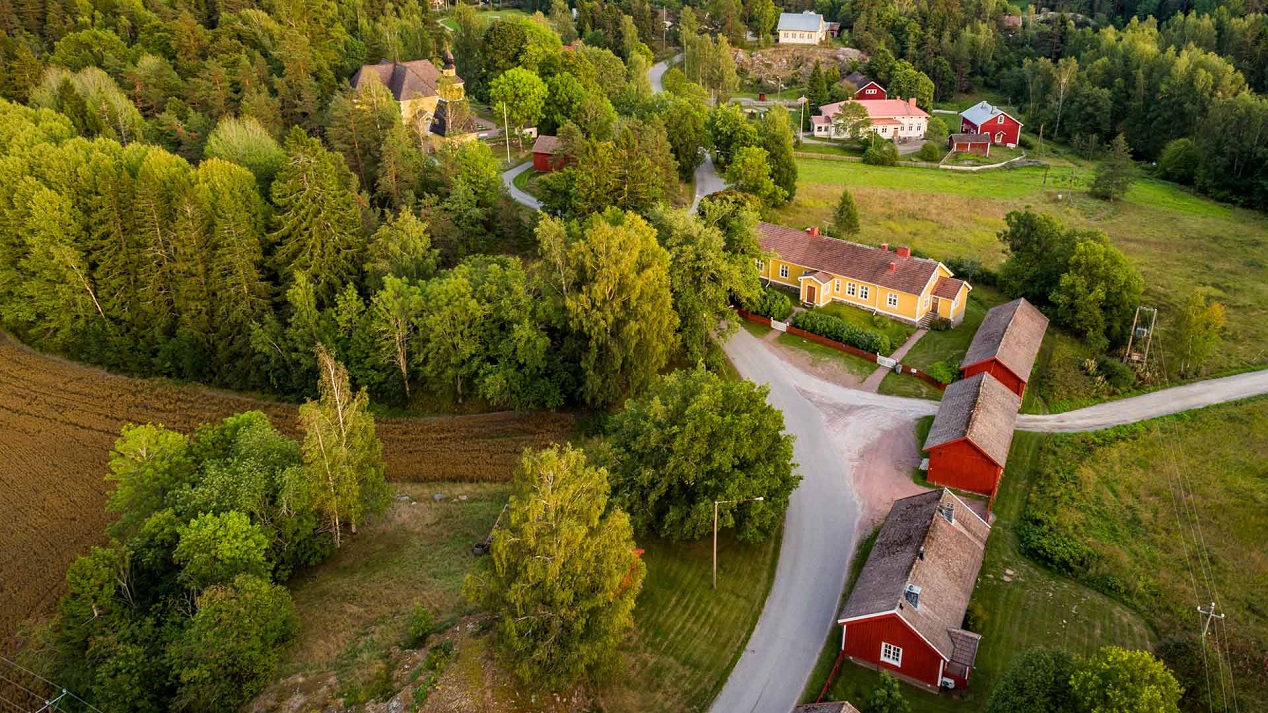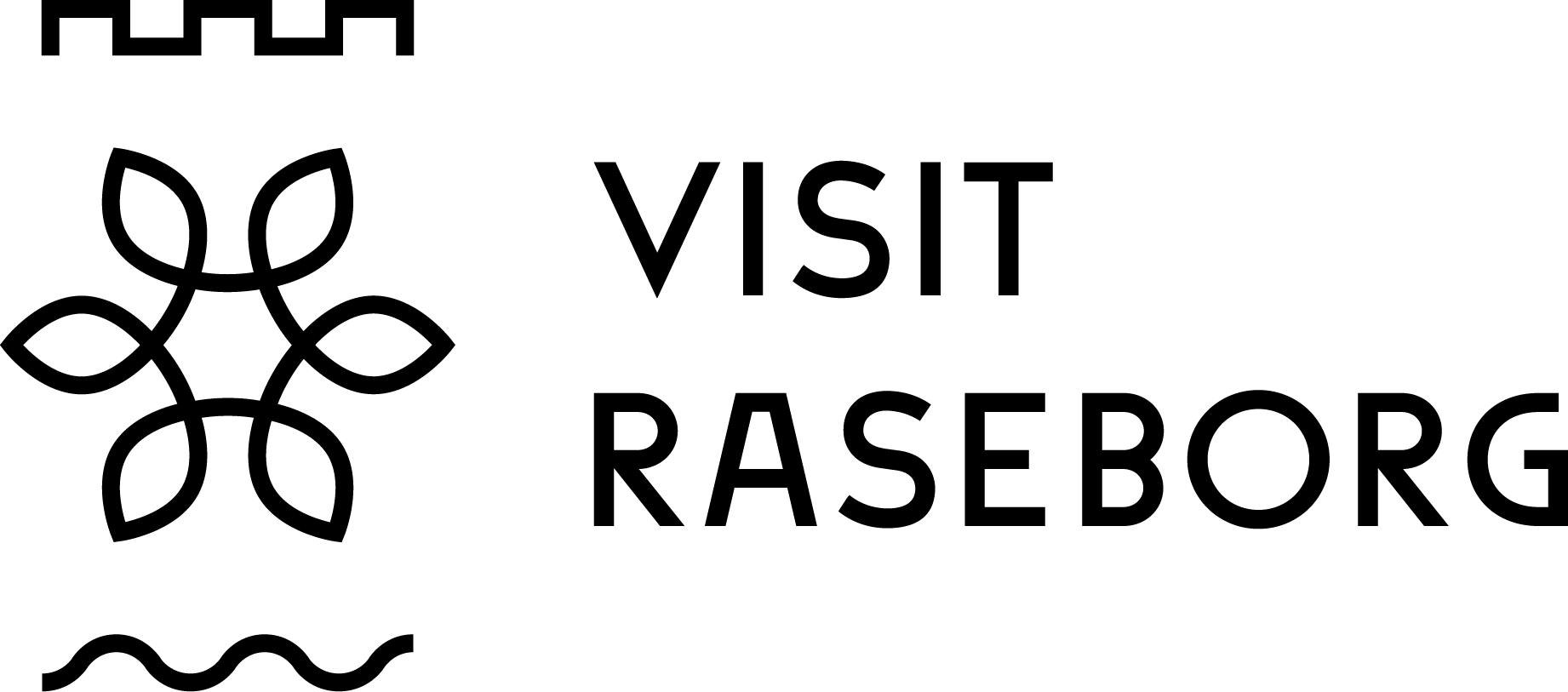Raseborg Castle Ruins
Roam the Knight's Hall and the solars, peek through the loopholes of the hallways and admire the scenery from the vantage point. Raseborg medieval castle is one of the grandest castle ruins in Finland. It tells the story from the fascinating Middle Ages, when Finland was part of the Swedish kingdom. Life in Raseborg didn't stand still; the castle was used as an administrative centre, but also hosted the glamorous everyday life of the Swedish court.

History
Raseborg Castle was built in 1370s on a rock that was surrounded by sea at the time. The castle was constructed as the administrative centre of Western Uusimaa and was meant to keep watch over the shipping and trade in the Gulf of Finland. The castle was an important military base, and was presumably meant to defend Swedish interests against the successful Hanseatic town Reval (Tallinn, Estonia). The heyday of Raseborg was in 1450-1460. The castle was abandoned in 1558 after Helsinki and Ekenäs were granted town charters. It laid deserted for more than 300 years, until the first restoration began in 1880s. Today Metsähallitus manages the operations and preservation of the castle ruins.
Listen to the history of the castle, Mobiguide.fi
Take a guided tour or arrange a feast
Today, the castle area offers a wide range of programme options. You can explore the castle on your own or participate in a guided tour through the castle and its premises. Guided tours are offered mostly during summer, make your reservation via the information office by the castle (contact information above).
Midsummer celebrations, ancient markets, medieval events, high-class concerts and theatrical performances in Swedish are organised at Raseborg every summer. The restaurant and cafe in Slottsknektens stuga serves local food throughout the summer, during winter by agreement. Did you know that Slottsknektens stuga is one of Finland’s first tourist facilities? It was opened in 1893 with the name Turisthyddan, ‘Tourist hut’.
Read more about Raseborg Castle and their services.
To Snappertuna village centre along the Lovers’ path
The scenic Lovers’ path (500 m) leads from the Raseborg castle ruins to the folk museum Snappertuna Forngård, an old fisherman/farmer’s house in the centre of Snappertuna village. In the house museum you can learn what life was like in the 1850 insular farm. The museum consists of a main building and various sheds, granaries, and lofts. All the buildings are originally from Halstö island.

Malmbacka, the charcoal village
Malmbacka charcoal village is a short drive from Raseborg Castle Ruins. Here you can learn how charcoal was produced in the 17th and 20th centuries for the use of the ironworks in Western Uusimaa. The area contains three old charcoal hearth bases, one of which has been restored. On this base a charcoal hearth is built every autumn and lit in September during the Charcoal Weekend.
In Malmbacka you can enjoy and experience beautiful nature, treks, bicycle tours, vacation days as well as peace and quiet at its best. The village consists of charcoal worker’s huts and small timber cottages, without electricity or plumbing. Food is prepared over an open fire, there is a sauna for washing, and the toilet is a good old outhouse. Therefore, it is good if the guests staying over night have outdoor skills.

